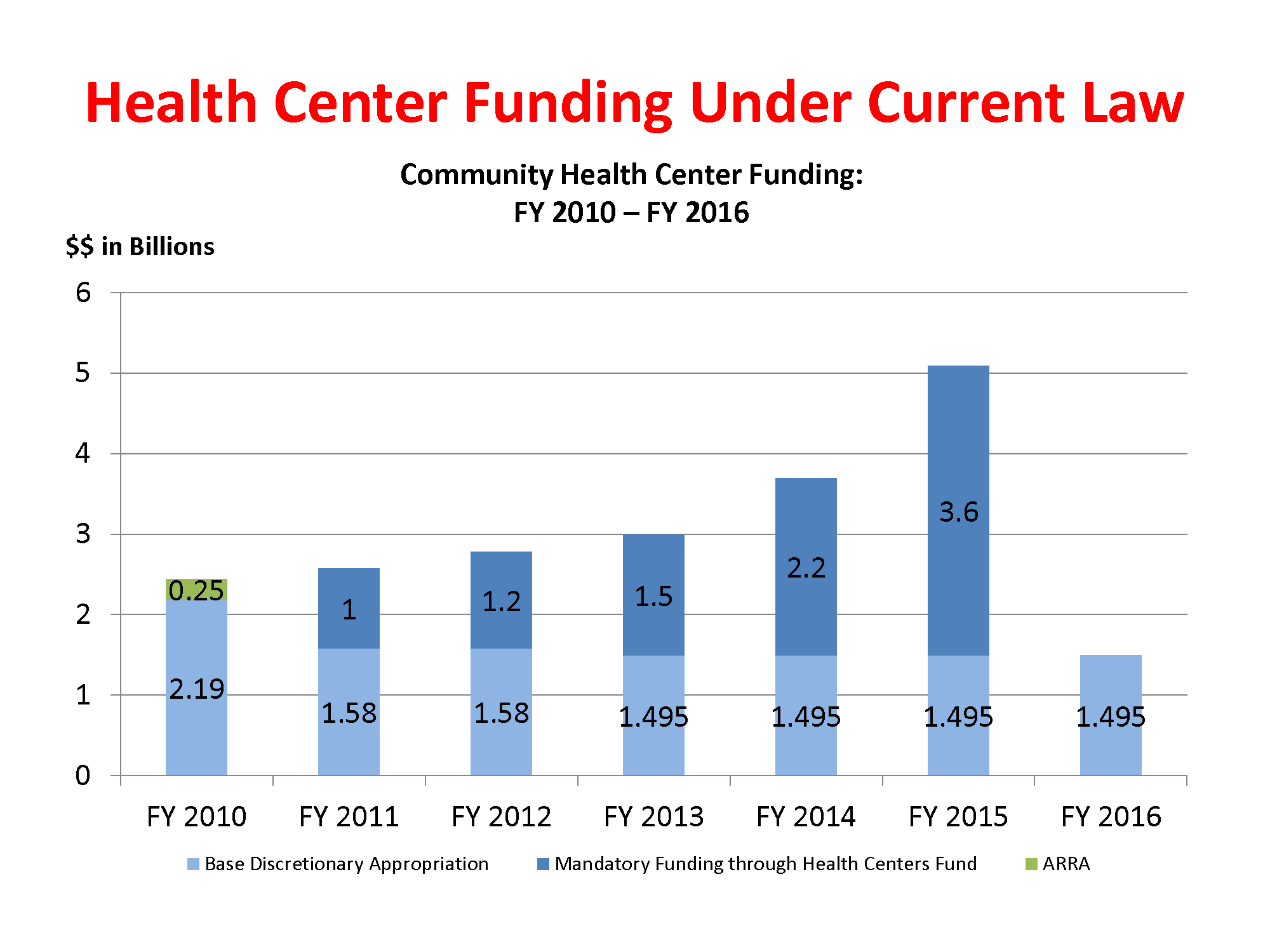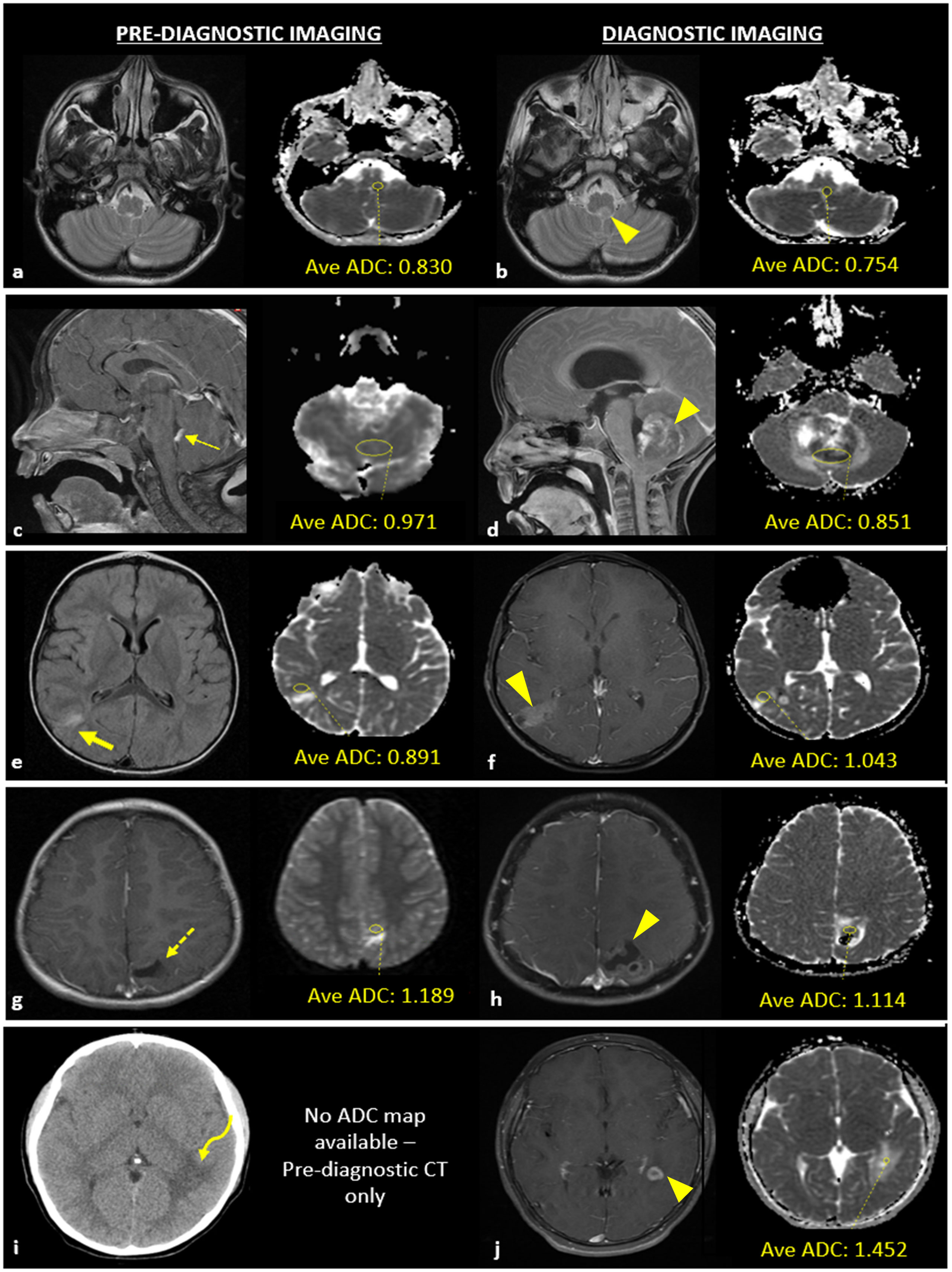
Primary care funding has emerged as a crucial topic amidst rising healthcare challenges in the U.S., where appointment demands outpace the availability of qualified physicians. This funding crisis highlights the need for innovative healthcare funding solutions, especially considering the current reimbursement models that favor specialists over primary care providers. Initiatives like the ACO PC Flex represent a significant shift towards addressing these gaps, offering a prospective payment model designed to enhance primary care reimbursements. By increasing funds for primary care, these reforms aim to foster a healthier patient population and prevent costly hospital visits. As healthcare evolves, understanding how primary care funding can be optimized is essential for maintaining the nation’s health.
The financial ecosystem supporting foundational healthcare services is currently facing significant scrutiny, particularly in the realm of primary healthcare compensation. With the increasing burden of patient loads on healthcare practitioners, reforming the way in which primary care services are funded is critical. New approaches, such as the accountable care organizations (ACOs), are being implemented to incentivize superior patient care while managing costs. As we explore various healthcare financing solutions, it becomes evident that reevaluating reimbursement models is essential in overcoming existing challenges in the primary care sector. Overall, the dialogue surrounding primary care funding and reimbursement strategies is pivotal for ensuring accessibility and quality in healthcare delivery.
Understanding Primary Care Funding Challenges
The funding challenges within U.S. primary care are significant, affecting not only the number of practitioners available but also the quality of care that can be provided. Low reimbursement rates for primary care services compared to specialist care contribute to this crisis. As specialists receive higher payments for specific, often procedural tasks, primary care providers struggle to maintain sustainable practices, leading to fewer doctors entering or remaining in this field. Addressing these funding issues is critical for restoring balance within healthcare, ensuring that primary care is valued as a cornerstone of the healthcare system.
Additionally, primary care clinicians often face immense pressure to see a high volume of patients in a short time frame, a practice largely driven by corporate healthcare models. These models prioritize efficiency and profitability over patient-centered care, creating an environment where quality often suffers. By reevaluating how primary care is funded and incentivized, stakeholders can work toward models that support practitioners while simultaneously providing better outcomes for patients.
The Role of the Prospective Payment Model in Primary Care
The introduction of the prospective payment model represents a pivotal shift in how primary care is funded. Unlike traditional reimbursement systems that pay providers after services are rendered, the prospective payment model offers financial incentives upfront, allowing practices to allocate resources more effectively toward patient care. This innovative approach is expected to alleviate some financial burdens that primary care providers face, enabling them to focus on preventative care rather than reactive treatment.
Moreover, the prospective payment model aligns with the goals of the ACO PC Flex initiative. By providing a lump sum payment based on average local earnings, this model encourages providers to implement strategies that reduce costly hospital visits, leading to a healthier patient population. This design not only enhances the sustainability of primary care but may also encourage a shift in focus toward long-term health management, promoting wellness over mere illness treatment.
Exploring the ACO PC Flex Initiative
The ACO PC Flex initiative aims to transform primary care by enhancing funding mechanisms and incentivizing preventative measures. This model addresses the prevalent concerns within the primary care landscape, aiming to increase spending while ensuring that the resources are utilized effectively to improve patient health. By fostering upfront payments under this program, primary care practices can implement more comprehensive healthcare strategies that prioritize preventative care, thus potentially lowering long-term costs.
Additionally, ACO PC Flex supports a collaborative approach to healthcare. It encourages providers to focus on a wide array of patient needs rather than just reactive solutions to acute medical problems. Through improved funding structures, this initiative offers a promising pathway for healthcare organizations to cultivate an environment that supports both patients and practitioners, potentially elevating the standing of primary care in the broader healthcare system.
Overcoming Primary Care Challenges with Innovation
The challenges facing primary care providers, including low reimbursement and high patient volumes, have necessitated a shift toward innovative solutions to enhance healthcare delivery. With models like ACO PC Flex emerging, there is a strong focus on encouraging patient-centered care while addressing the systemic issues of funding and support for primary care. By leveraging new structures that support preventative measures and improve reimbursements, the healthcare system can begin to rectify the long-standing undervaluation of primary care services.
Such innovative approaches are essential for helping primary care practices thrive and meet the demands of a growing patient population. By reducing barriers to effective care, these initiatives can empower providers to focus on long-term health outcomes, leading to a more sustainable healthcare system that prioritizes holistic patient wellness.
The Future of Primary Care Reimbursement Models
Looking ahead, the future of primary care reimbursement appears to hinge on the success of innovative models like ACO PC Flex. If this initiative demonstrates tangible improvements in patient outcomes and cost savings, it may serve as a blueprint for transforming reimbursement across the spectrum of healthcare providers. The implications for primary care could be significant, potentially leading to better payment rates and more sustainable practices.
Moreover, the potential for these models to influence commercial insurance policies cannot be understated. As private insurers begin to recognize the benefits of keeping patients healthy and out of expensive hospital systems, they may be incentivized to adopt similar payment structures. This shift could usher in a new era for primary care funding, ultimately contributing to healthier populations and a more efficient healthcare system.
Addressing Medicare and Medicaid Disparities in Primary Care
Despite the promising nature of the ACO PC Flex program for Medicare beneficiaries, disparities remain prevalent in the funding and support for primary care providers serving Medicaid patients. Lower reimbursement rates for Medicaid often hinder these providers’ ability to deliver adequate care for populations with the highest needs. To truly transform primary care, it is essential to extend similar financial support and innovative models to those working with Medicaid enrollees.
Improving funding mechanisms for Medicaid providers will ensure that vulnerable populations receive the same level of care and attention afforded to those in Medicare programs. This equity in reimbursement rates is critical not only for the sustainability of providers but also for the health outcomes of patients who rely heavily on primary care for their medical needs.
Incentivizing Preventative Care Through Primary Care Funding
One of the chief goals of primary care funding reforms like ACO PC Flex is to incentivize preventative care rather than reactive treatment. By shifting the focus toward long-term wellness strategies, these funding models encourage providers to invest time and resources in keeping patients healthy, ultimately reducing hospitalizations and associated healthcare costs. This preventative approach is vital for managing chronic conditions and addressing the growing demand for primary care services.
Through increased financial support and innovative payment structures, primary care providers can prioritize health education, screenings, and regular check-ups. By fostering an environment that values preventative measures, the healthcare system can work toward reducing the incidence of severe health issues that often require costly interventions, leading to healthier communities overall.
The Importance of Infrastructure in Primary Care Systems
To support the transition toward innovative primary care funding models, it is crucial to develop robust infrastructures within healthcare systems. Effective infrastructure enables primary care practices to implement new strategies, manage patient data, and collaborate with specialists efficiently. By building a solid foundation for these practices, stakeholders can ensure that new funding models like ACO PC Flex achieve their intended outcomes.
Additionally, a well-designed infrastructure facilitates seamless communication between primary care providers and patients, enhancing the overall patient experience. With the right tools and resources in place, practices can respond more effectively to patient needs, ultimately leading to improved health outcomes and greater patient satisfaction. Investments in infrastructure are thus essential for maximizing the potential benefits of innovative healthcare funding solutions.
Transforming Patient Care with ACO Innovations
As the healthcare landscape evolves, innovations like ACO PC Flex are pivotal in transforming how patient care is delivered in primary settings. By promoting a model that prioritizes preventative care, enhances financial support, and incentivizes health outcomes, these changes can significantly improve the quality of care patients receive. Emphasizing a proactive rather than a reactive approach to health management aligns with the increasing demand for comprehensive care and can lead to better patient experiences.
Moreover, as primary care practices adapt to these innovative models, they can develop tailored strategies that address patients’ individual needs. This personalized care is crucial to improving health literacy and empowering patients to take an active role in their health journeys. In turn, this heightened engagement can lead to better adherence to treatment plans and healthier lifestyles, cultivating a healthier society as a whole.
Frequently Asked Questions
What are the key challenges in primary care funding?
Primary care funding faces significant challenges such as low reimbursement rates compared to specialists, high patient volume demands, and an overwhelming amount of medical information clinicians must handle. These factors limit the financial viability of primary care practices and can hinder the quality of patient care.
How does the ACO PC Flex model impact primary care reimbursement?
The ACO PC Flex model introduces a prospective payment system that provides primary care providers with upfront payments before any services are delivered. This model significantly increases funding for primary care compared to traditional payment methods, aiming to encourage more proactive patient care and reduce costly hospitalizations.
What is a prospective payment model in primary care funding?
A prospective payment model is a healthcare funding approach in which providers receive a set amount of money in advance to cover patient care, rather than being paid after services are rendered. This model aims to incentivize efficient, quality care and encourage preventive measures to improve health outcomes.
How can accountable care organizations (ACOs) enhance primary care funding solutions?
Accountable care organizations enhance primary care funding solutions by incentivizing providers to deliver high-quality care while managing costs. Under ACO models like ACO PC Flex, providers can share in savings if they keep expenses below a set threshold, promoting preventive care and improved patient outcomes.
What are some innovative healthcare funding solutions for primary care?
Innovative healthcare funding solutions for primary care include prospective payment models, shared savings through ACOs, and enhanced reimbursement tiers for primary care services. These approaches aim to address funding disparities between primary care and specialty services, ultimately improving access and health outcomes.
Could ACO PC Flex replace traditional primary care reimbursement methods?
If the ACO PC Flex model proves successful in improving patient care and reducing costs for Medicare beneficiaries, there is potential for it to influence other primary care reimbursement methods. This success could encourage private insurers to adopt similar models, enhancing funding for primary care across the board.
Why is it important to address primary care challenges in funding?
Addressing the challenges in primary care funding is crucial to ensure that primary care providers are adequately compensated, which can help improve access to care, reduce hospitalizations, and promote preventive health measures, ultimately leading to better health outcomes for patients.
| Key Points | Details |
|---|---|
| Current Issues in Primary Care | High demand for primary care services, inadequate number of physicians, low reimbursement rates for primary care compared to specialists. |
| ACOs and Payment Models | Accountable care organizations (ACOs) incentivize high-quality, cost-effective care. The new ACO PC Flex model introduces prospective payments to boost primary care spending. |
| Benefits of ACO PC Flex | Increases funds for primary care by allowing payments before care is provided. Encourages preventive care and reduces hospital visits through better patient management. |
| Future Implications for Primary Care | The success of ACO PC Flex could influence reimbursement models for Medicare and potentially ripple through to Medicaid and commercial insurance plans. |
Summary
Primary care funding is at a crucial juncture as stakeholders recognize the urgent need for reform. The implementation of innovative payment models like ACO PC Flex presents a promising solution to address the systemic issues plaguing primary care. By prioritizing preventive care and providing upfront payments, the initiative aims to enhance the quality and accessibility of care for patients while also ensuring that primary care physicians are compensated fairly. As this experiment unfolds, its outcomes could reshape the landscape of primary care funding, ultimately leading to a healthier population.




